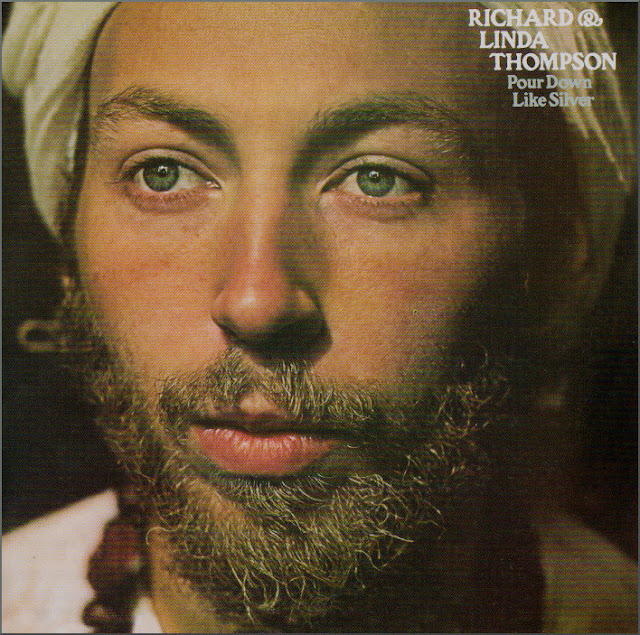Memories of the USAAF 389th Bomb Group at Hethel, the Green Dragons

It is sixty years since the end of the war, but deep in rural Norfolk residents claim that more than memories are still active. Legend tells how a crew member of a USAAF Liberator badly wounded on a mission flying from Hethel was transferred to the nearby military hospital at Morley, where sadly he died. Local residents recount of how, at night, the spirit of the airman still walks between the hospital (the site today for Wymondham College) and the old base at Hethel.
In the war Hethel was the base of USAAF 389th Bomb Group, today it is the high-tech headquarters of Lotus cars . The 389th Bomb Group called itself the Green Dragons after the Green Dragon pub in Wymondham which was the local for the crews, and today the pub still remains virtually unaltered. The Green Dragon name has been perpetuated into the twenty-first century by the USAF 564th Missile Squadron which was originally assigned to the 389th Bomb Group at Hethel, and drew all its heritage and history from the old Bomb Squadron.

Wartime memories are kept alive today at the unique Hethel Chapel Museum on the old base, which houses the 389th Memorial Exhibition maintained by volunteers. It is fitting that the Chapel at Hethel has survived, as it provides strong links with the courageous crews who flew from the base. Deep in the tranquil Norfolk countryside a memorial stone in Hethel churchyard tells the chilling story of 389th Bomb Group's achievements, and losses.
June 1943 to May 1945
Total missions 321
Aircraft missing in action 116
Personnel missing and killed in action 588
Other operational losses 37
Total bomb tonnage 17548
The Chapel was founded by the base’s charismatic pastor Pappy Beck, whose exploits included ignoring regulations and flying with the crews on their hazardous bombing missions deep into Germany . The building,which also served as a gymnasium, was decorated by one of the ground crew who usually painted the famous decorative ‘nose art’ on the Liberator bombers that flew from the base. One of the most striking features of the Chapel, which remains today, is the painted Crucifixion mural seen at the foot of this story (image courtesy of Ralph Baird’s web site); a remarkable work of art painted in remarkable circumstances. Other murals include a map of Europe painted to help the transplanted American aircrews understand the geography of the continent which was their temporary home.

The Chapel Museum is open on specified days to visitors. As well as the murals there is a display of documents, a model of the base, and various relics of equipment. Dates of opening, contact details and a lot more information is available on the Hethel389 website.
Aircrew of the 389th subscribed to a plaque for the base's Protestant chaplain, Captain Earl O Widen, who died as a result of overwork. The chaplain not only worked under tremendous pressure at Hethel, but also ministered to local people in Wymondham after their own minister died. The plaque can be seen in the United Reform Church on Fairland Green in Wymondham. Local parishioners also donated a plaque which was put in Captain Widen's home church, Bethlehem Parish Church in Minneapolis

Update 2008 - new photo essay on the USAAF base at Hethel here.
Bomber photos from Cloud 9 photos with many thanks










Comments